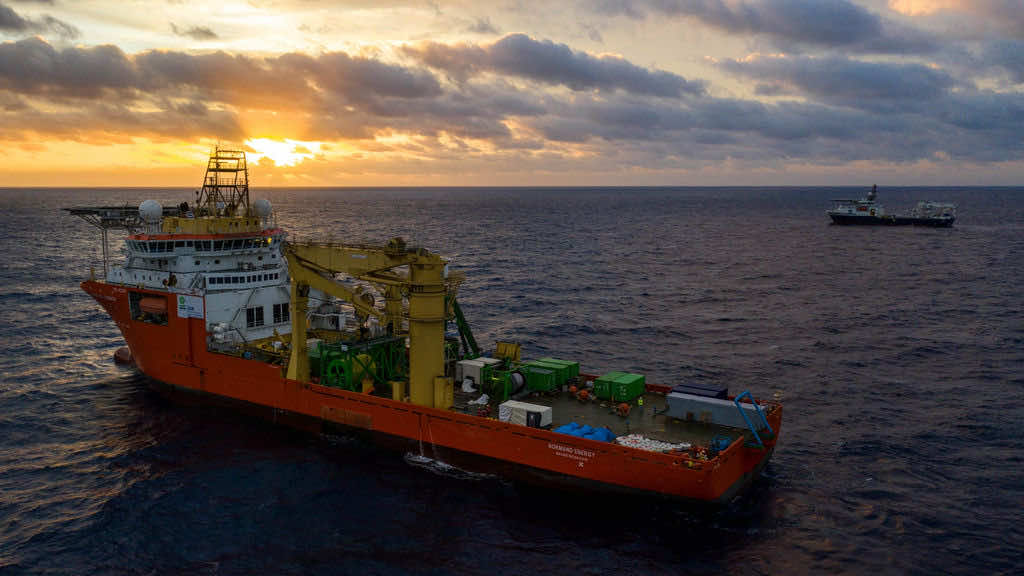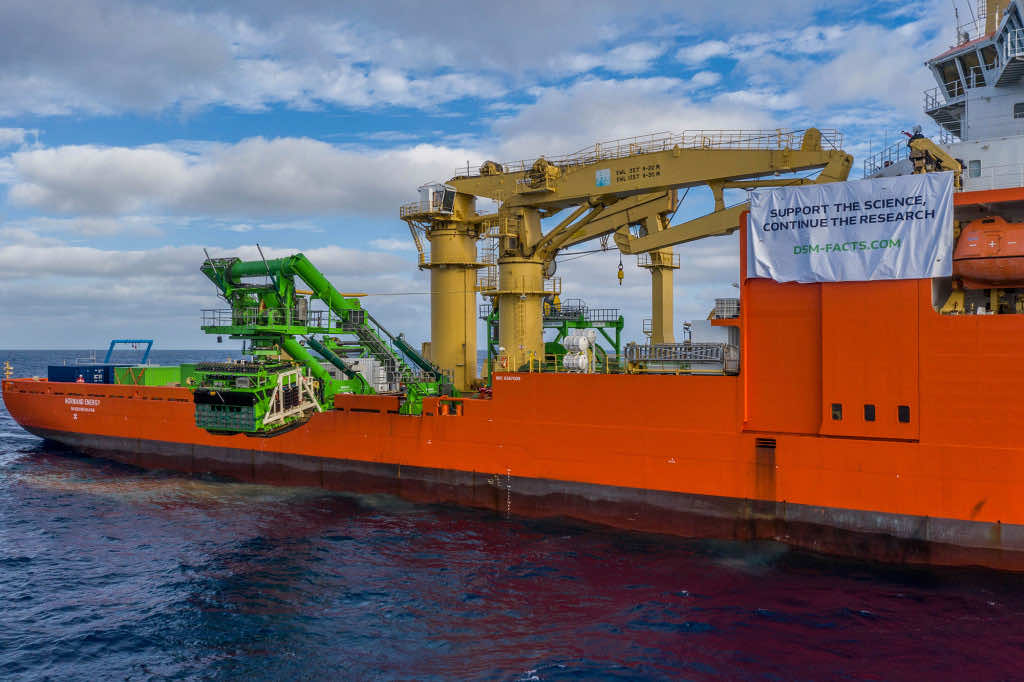A deep-sea mining machine has been left alone, stranded at the bottom of the ocean. Reports say that the machine was in the middle of running tests when the cable linking the machine to the ship detached suddenly. The machine had no crew at the time and is now 13,000 feet below the ocean. The machine was designed to mine the resources in the ocean.
The machine is called the Patania II and it was deployed in the Clarion Clipperton Zone. This zone has been licensed by the Global Sea Mineral Resources or GSR for exploration and testing of their new machine. GSR is a deep-sea exploratory division of dredging company DEME Group. The machine is designed to gather small rocks on the ocean floor. These rocks, also known as nodules, are said to be rich in cobalt and other battery metals.

Patania II was undergoing her phase 1 trials when it became detached from the five-kilometer-long cable that linked it with the ship. According to GSR, rescue operations are going to start shortly. They hope to retrieve the machine safely.
The mining initiative has raised red flags with experts and environmentalists saying that such an activity will only worsen the state of the Earth. The current Patania prototype is being observed by 29 European institutes. They hope to measure the potential environmental impact the mining machine and other deep-sea mining operations may have on the ecosystem of the ocean.

If there are no lasting effects then with the approval of the scientists, GSR plans to a large mining robot by 2024 that will be able to bring up ocean materials to the surface. They also have plans to commercialize the robot by 2028. The thing is until the scientists are satisfied, big companies like Google, BWM, Volvo, and Samsung have all signed a moratorium on deep-sea ocean metals. Meaning they won’t be buying or trying to get these metals.
It’s a good thing companies are able to draw the line between rushing the death of our planet and their potential profits.


